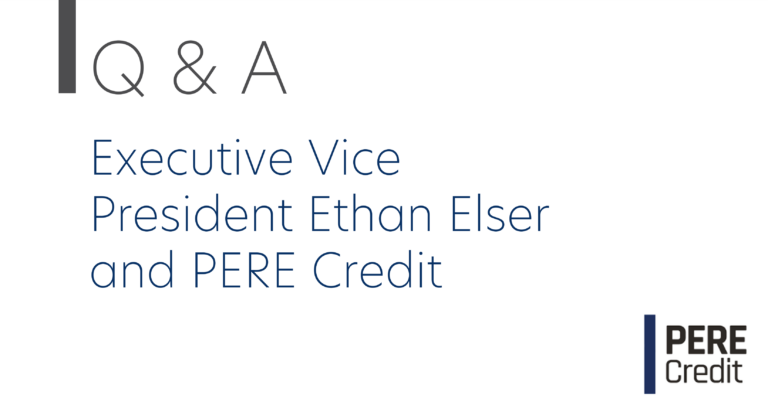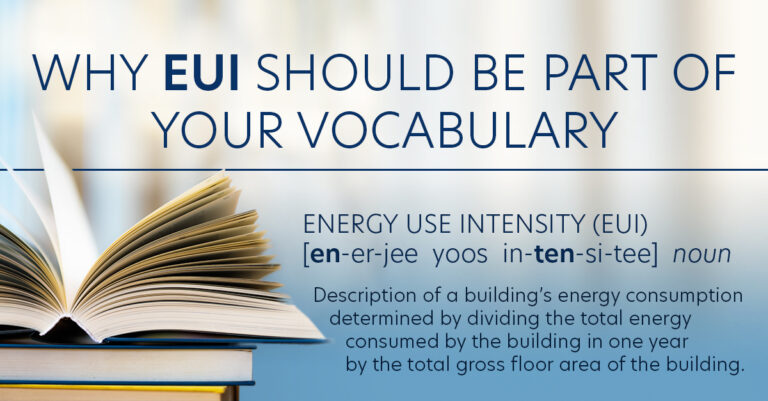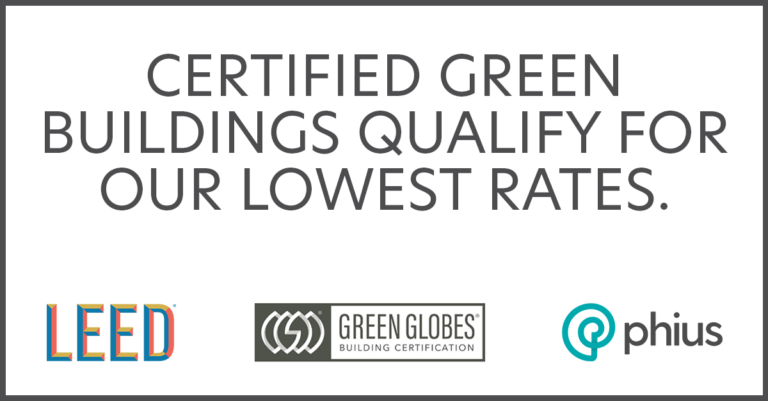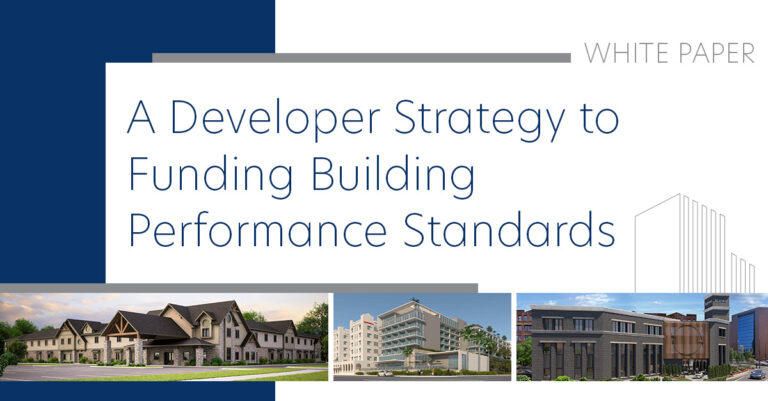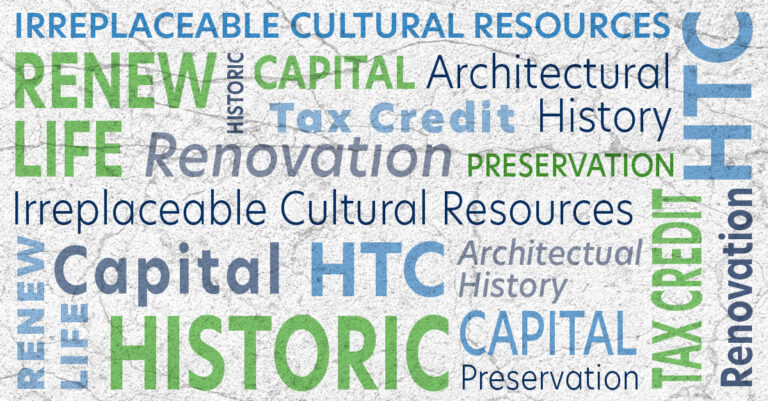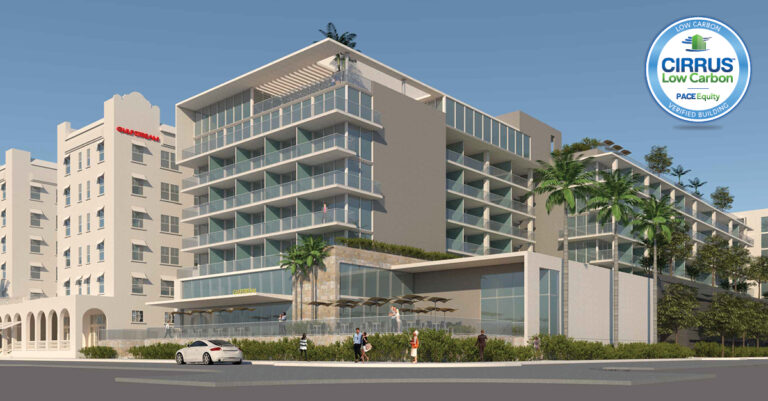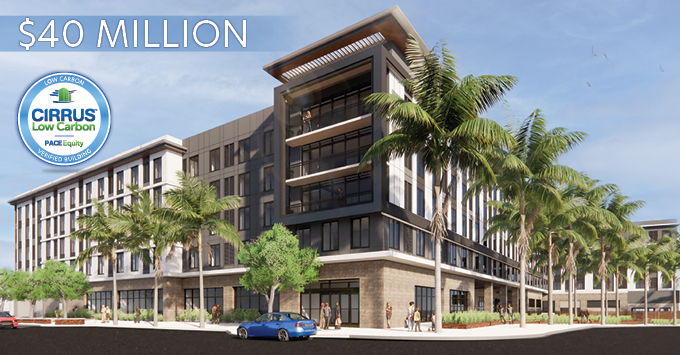Managing Capital & Maximizing Returns: Recapitalization with PACE Equity
In today’s real estate environment, efficient capital management is essential. Market volatility, fluctuating interest rates, and tightening lending standards have made traditional refinancing solutions less attractive, prompting commercial property owners and developers to seek strategic alternatives. One such alternative is recapitalization through C-PACE (Commercial Property Assessed Clean Energy) financing, a powerful tool that allows property…




